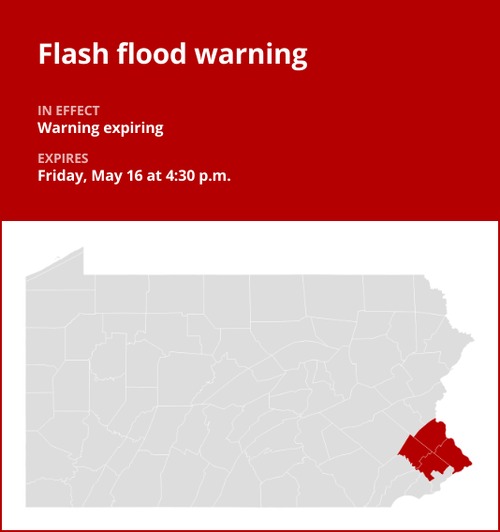Understanding Flash Floods: Causes, Dangers, and How to Stay Safe
Flash floods are among the most dangerous types of flooding, striking with little warning and bringing sudden, intense inundation. Understanding what causes a flash flood, how to recognize warnings, and the best ways to stay safe can save lives and protect property.

What Is a Flash Flood?
A flash flood is a rapid and intense flooding event that typically develops within minutes to hours of heavy rainfall. Unlike regular floods that build up slowly, flash floods can occur suddenly, often with devastating consequences. They are especially dangerous in urban areas, near rivers, and in regions with poor drainage or steep terrain.
The difference between a flood and a flash flood lies in their speed and intensity. While a flood can give you time to prepare, a flash flood offers little warning. Rainfall, dam or levee breaches, or rapid snowmelt are common triggers.
Recent Flash Flood Events
Communities across the country regularly face flash flood threats, especially during thunderstorm seasons. For example, Bucks County recently experienced a flash flood warning after severe thunderstorms led to threatening water levels. Local authorities emphasized the importance of seeking higher ground immediately and never attempting to walk or drive through fast-moving floodwaters.
Earlier this spring, heavy rain caused flooding in Westfield, New Jersey, highlighting how even minor events can disrupt communities. Streams, creeks, and roads quickly became hazardous, illustrating the unpredictable nature of flash floods.
Understanding Flash Flood Warnings and Safety
Authorities may issue several types of alerts when severe weather strikes. A "flash flood warning" means flooding is either imminent or already occurring. This is a signal to take immediate action. According to guidelines from the National Weather Service, move to higher ground without delay and avoid any low-lying or flood-prone areas.
- Never drive through flooded roads. Just 12 inches of fast-moving water can sweep away most cars.
- Avoid walking in floodwaters. Six inches can knock over an adult.
- Obey evacuation orders and secure your home if time allows.
For more details on the differences between advisories, watches, and warnings, as well as practical safety advice, review the full safety guide and alert breakdown.
Tips for Staying Safe During Heavy Rain
Knowing how to respond before a flash flood occurs is crucial:
- Monitor local weather reports and alerts on trusted sources.
- Plan your evacuation route in flood-prone areas.
- Keep emergency kits and essential documents in a waterproof container.
- Stay away from drainage ditches and culverts during storms, as water levels rise quickly.
If flooding occurs in your area, follow these recommendations:
- Seek the highest available point.
- Call 911 if you are trapped by moving water.
- Keep away from basements or rooms with submerged electrical outlets.
For additional weather updates and safety forecasts, check the latest flash flood alerts in New Jersey and Pennsylvania, which provide region-specific warnings and 7-day outlooks.
Conclusion
A flash flood can put lives and property at risk within minutes. By understanding the dangers and knowing how to respond, you can help ensure your safety and that of your loved ones. Stay alert to weather warnings, plan ahead, and never underestimate the speed or power of rapidly moving water. For the best protection, always prioritize your safety and seek further information from reputable weather sources.